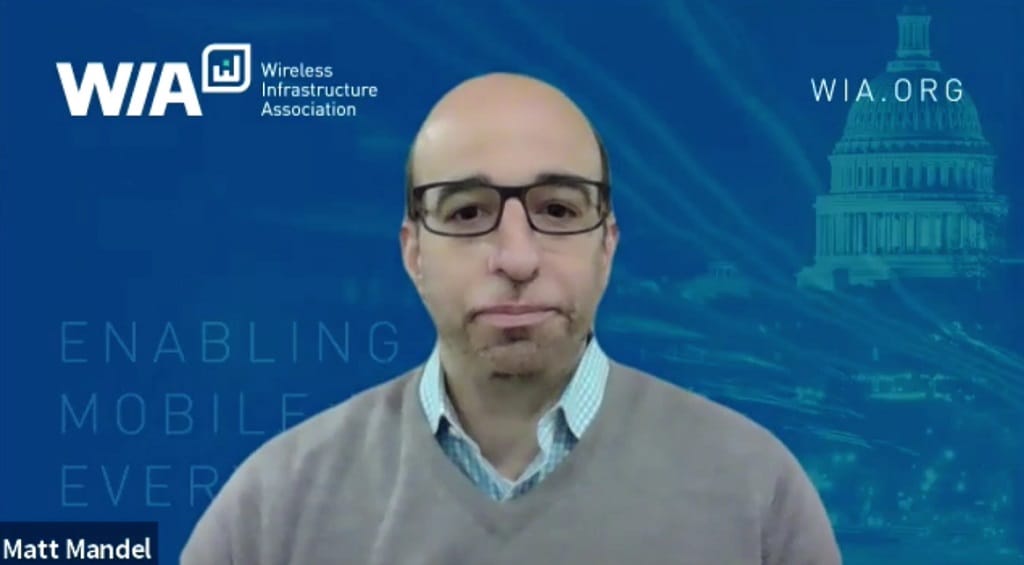Wireless Infrastructure Advocates Urge Municipalities to Work Collaboratively on 5G Facilities
February 25, 2021— Municipalities and the nation’s carriers must work together to deploy and extend networks as the era of 5G quickly approaches, experts said Wednesday. Tensions have been picking up between industry and local governments about access to infrastructure to extend broadband networks b
Benjamin Kahn

February 25, 2021— Municipalities and the nation’s carriers must work together to deploy and extend networks as the era of 5G quickly approaches, experts said Wednesday.
Tensions have been picking up between industry and local governments about access to infrastructure to extend broadband networks by installing small cells on those towers and poles.
Carriers have complained either about a lack of access or excessive fees to attach that equipment, and they say that access is crucial for the extension of existing infrastructure and the deployment of the next-generation networks.
Experts at the Wireless Infrastructure Association’s All Access Policy Summit 2021 on Wednesday were hopeful that those differences can be mended. They expressed optimism that lawmakers – despite their differences – could get behind closing the digital divide and ultimately allow the Biden administration to make meaningful change to bridge the divide.
Matt Mandel, vice president of government and public affairs for the Wireless Infrastructure Association, said the pandemic has shown how critical distanced learning, telehealth and telework, and those facts have illuminated for all how important it is to close the divide.
Staci Pies, vice president of government affairs for communications infrastructure company Crown Castle, agreed with Mandel about the need for partnerships between broadband providers and municipal governments for deploying 5G infrastructure—a crucial component to bridging the digital divide.
Pies recognized the difficulty in how to determine which communities to prioritize for 5G deployment, but emphasized that “need” could not be the exclusive metric. She stated that communities also needed to be able to demonstrate “readiness” for 5G.
Mandel explained that this readiness could be viewed in different ways. He noted that WIA partnered with municipal governments during the early days of the pandemic to ensure that communities were able to voice their concerns, and then attempt to help them to resolve issues they raised.
Mandel said that certain jurisdictions did not allow electronic signatures or filing, so WIA held meetings with local governments to facilitate the transition to a more digitally-dependent ecosystem. He explained that establishing these relationships with municipal governments would also be a critical element in the adoption of 5G.
Both panelists agreed that these processes are aided by the fact that both sides of the aisle recognize the importance of broadband.
Broadband issues are “one of the few kind of oases of bipartisanship,” Mandel said. He noted that while the parties may disagree on the specifics of what kind of action is necessary to solve the problems at hand, they are both able to agree that issues like the homework gap and the digital divide need to be solved.
The panelists were optimistic that stimulus and infrastructure packages, such as one containing $7.6 billion that would be directed to the Emergency Connectivity Fund, might receive bipartisan support.
Additionally, both said they hoped that the E-Rate program that subsidizes internet access to schools and libraries could possibly be expanded to homes.










Member discussion